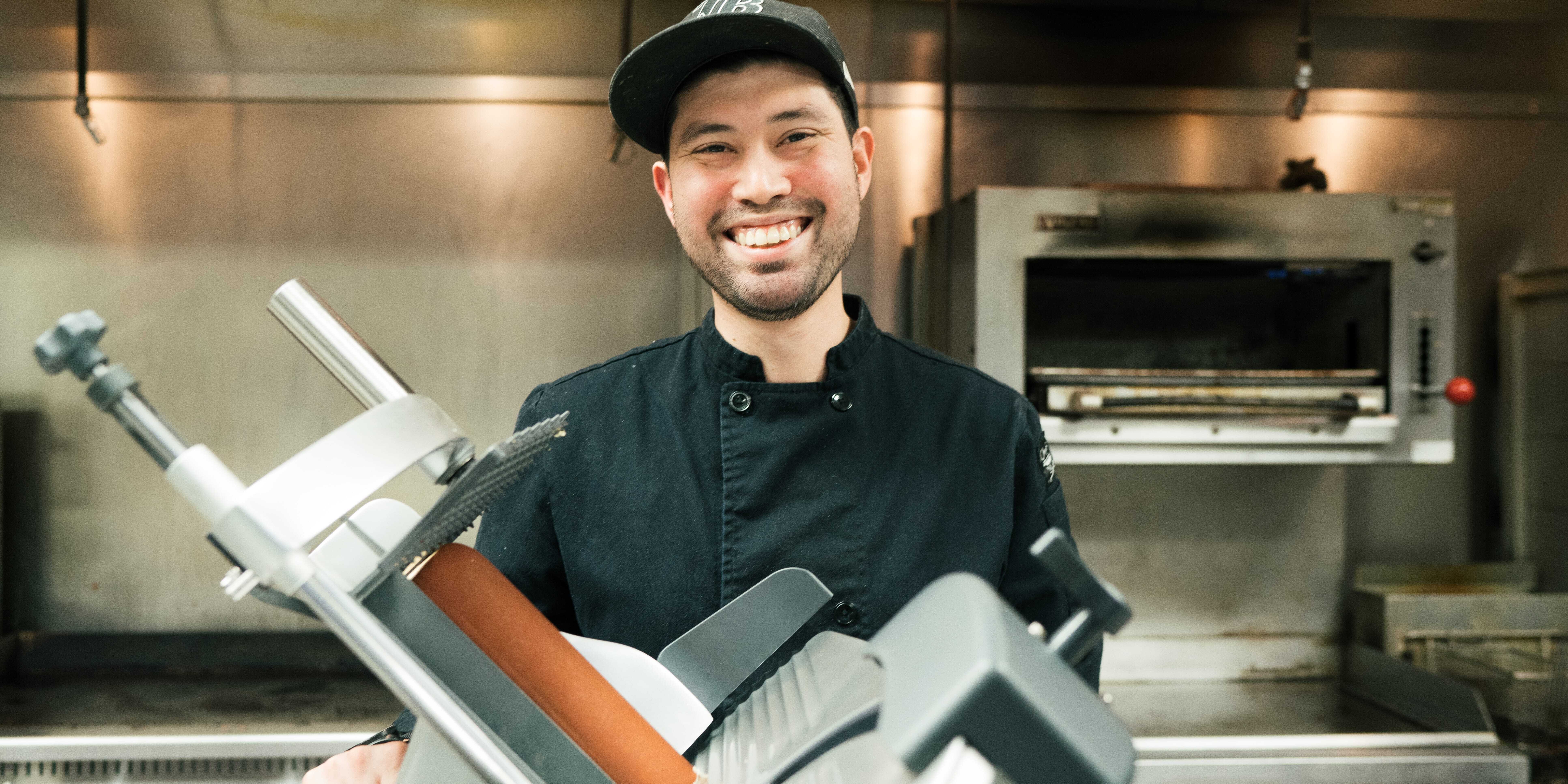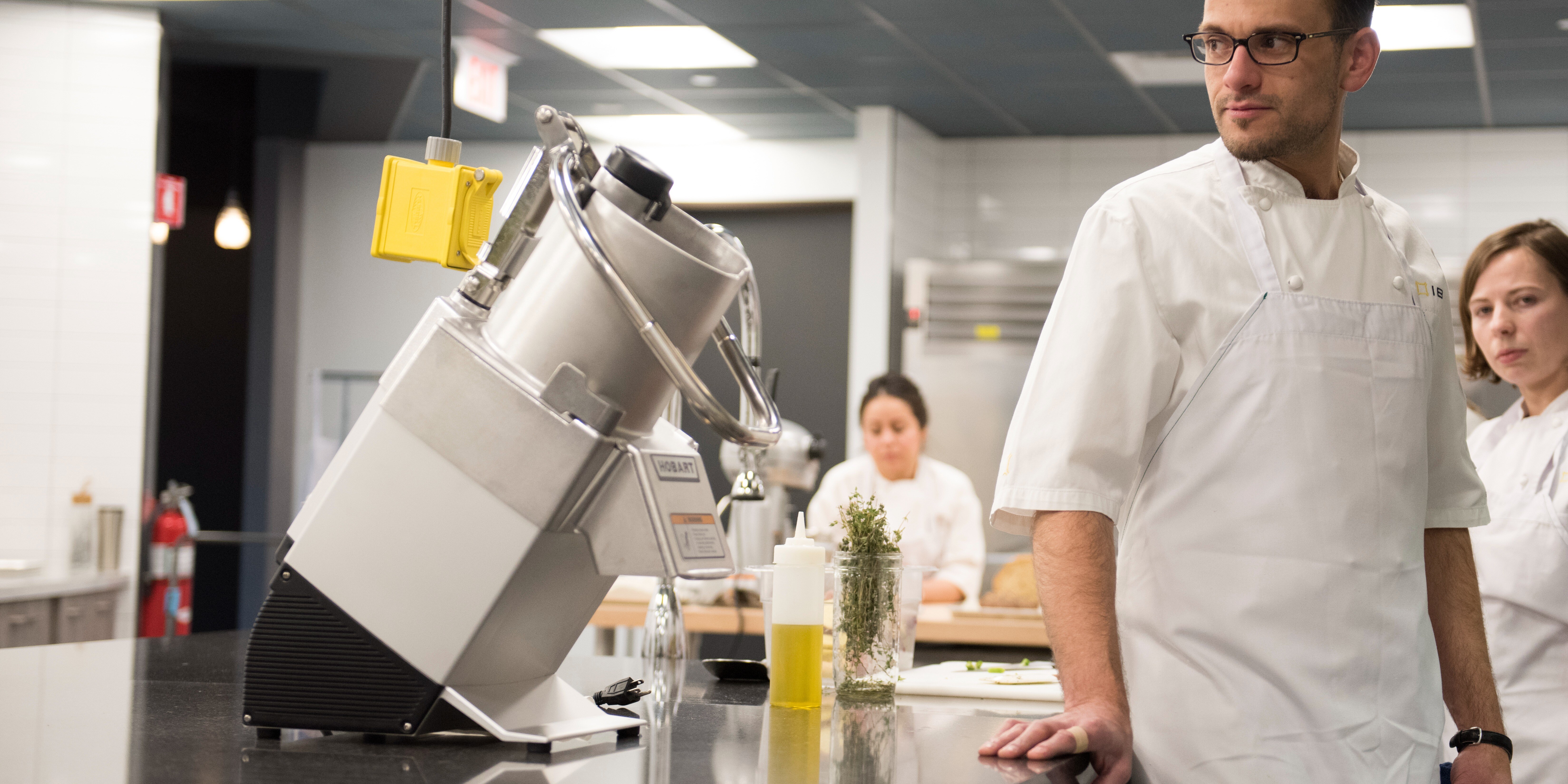There is no doubt a food processor can improve efficiency in the kitchen. With labor continuing to be a challenge in many restaurants, these mighty machines have proven to cut prep time in half and offer incredible versatility. In order to get the most out of your food processor, it is important to avoid these 7 common mistakes.
Loading Incorrectly
Loading the commercial food processor is the most important part of the process. Loading the machine incorrectly can reduce productivity and can also result in poor quality, inconsistent cuts which defeats the purpose of using a food processor to begin with.
When loading the food processor, utilize the inner wall of the hopper. Stack ingredients vertically against the inner wall, moving counterclockwise until the hopper is full. Leaving excess room in the hopper can cause product to move around; if a product is on its side or tilted, it can cause the cut to be inconsistent (Fig 1, 2). Cutting off tips and tails of produce and filling the hopper completely can help create consistent cuts.
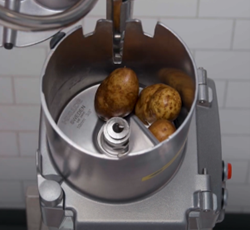
Fig. 1
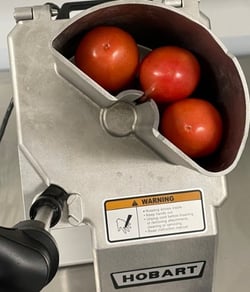
Fig. 2
Using the Wrong Cutting Tool
If you are unhappy with the size of your cuts or the end-result when using a food processor, you may not be using the right cutting tool. There are several cutting tools available of many different sizes. There are also cutting tools for a variety of applications including crimping, julienne cutting, and dicing. Refer to a cutting tool chart to determine what option is best for your operation.
Tip for dicing: It is important to match your slicing tool with the dicing grid. For example, if you want a 3/8” cube, you will need to use a 3/8” dicing grid and a 3/8” slicing tool.
Using the Wrong Sized Food Processor
If you are using an industrial food processor, but feel like you are continuously loading batches, you may benefit from using a larger model. There are several continuous-feed models available, all with varying capacities. Hobart offers models with a throughput of 11 pounds a minute all the way up to 132 pounds a minute with several options in between. Hobart also offers a half hopper or full-size hopper. A food processor with a half hopper will require more prep and can hold less product at a time. A full hopper can hold larger product, like whole heads of lettuce or cabbage, and can handle more volume.
Not Prepping Correctly
If you are unhappy with your final product after using a food processor, it could be an easy fix.
How a product is prepped will determine its end result. For example, cutting just the tops of the peppers off and adding them to the hopper whole will create pepper rings (Fig 3). Cutting the peppers into panels will create strips of peppers that are perfect for fajita veggies (Fig 4). It is always a good idea to experiment with different prep methods until you find what works best.
How a product is prepped will also determine how much can go into the hopper at one. Whole peppers will take up a lot more space than the peppers cut in panels. To maximize space and efficiency, it may be worth taking a little bit of extra time prepping product.
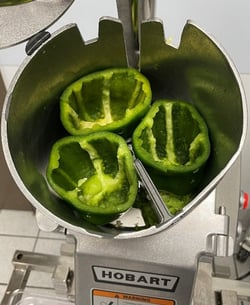
Fig. 3
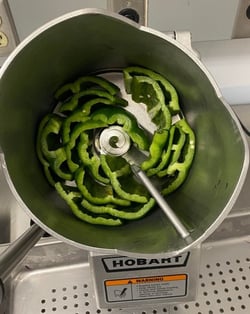
Fig. 4
Forgetting Deflector Plate and/or Decoring Screw
Is your product getting stuck in the chute when processing? Be sure you are using all the right parts for your food processor. Hobart food processors feature a deflector plate and an exclusive decoring screw. Both of these features help with throughput to prevent product from getting stuck.
The deflector plate should be placed at the bottom of the hopper before the cutting tool is inserted (Fig 5). The decoring screw is screwed on after the cutting tool has been inserted.
Tip for decoring screw: The decoring screw moves in the opposite direction as the cutting tool so it can pull the product downward into the chute. Because of this, the screw turns opposite of what you might be used to. When taking off the screw, be sure to use the included wrench as it can tighten during operation (Fig 6).
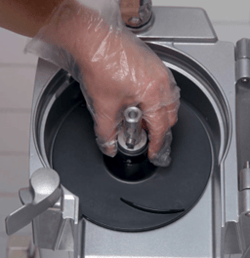
Fig. 5

Fig. 6
Too Much Pressure
When processing large amounts of product at a time or bulkier product like cheese, it can be tempting to apply more pressure on the handle. Most of the time, however, applying excess pressure can actually lead to a poor-quality cut or worse, lead to a service call.
Hobart’s continuous-feed food processors are gravity-fed. That means gravity and the weight of the handle itself will do most of the work for you. Some pressure may need to be applied, but the operator should never hang on the handle.
Not Cleaning Effectively
Cleaning your food processors is necessary. Many people make the mistake of not cleaning effectively. Hobart’s food processors are meant to be easy to clean and feature several removable parts including the feed hopper, decoring screw, deflector plate, and cutting tools. These removable parts can be washed in a three-compartment sink or the dishwasher (refer to your operator manual to see which parts can go into the dishwasher).
To clean the base of the food processor, use a sanitizing solution and cloth to wipe away excess debris.
Allow removable parts to air dry before reassembling. Always hang up cutting tools on a wall rack after cleaning to avoid damaging the tool.
About the Author
 Megan Gray is the product line manager for Hobart – Food Preparation Products. She has been with Hobart since 2017 and specializes in Hobart meat room, specialty and food processing equipment. See all her blogs here.
Megan Gray is the product line manager for Hobart – Food Preparation Products. She has been with Hobart since 2017 and specializes in Hobart meat room, specialty and food processing equipment. See all her blogs here.


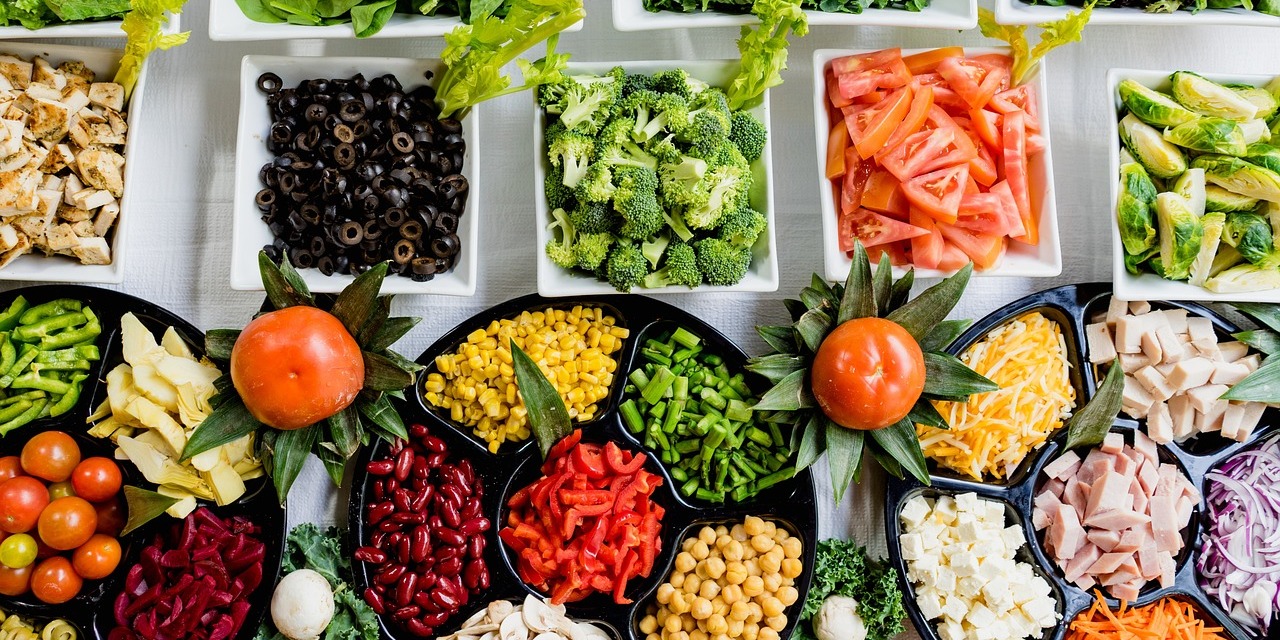

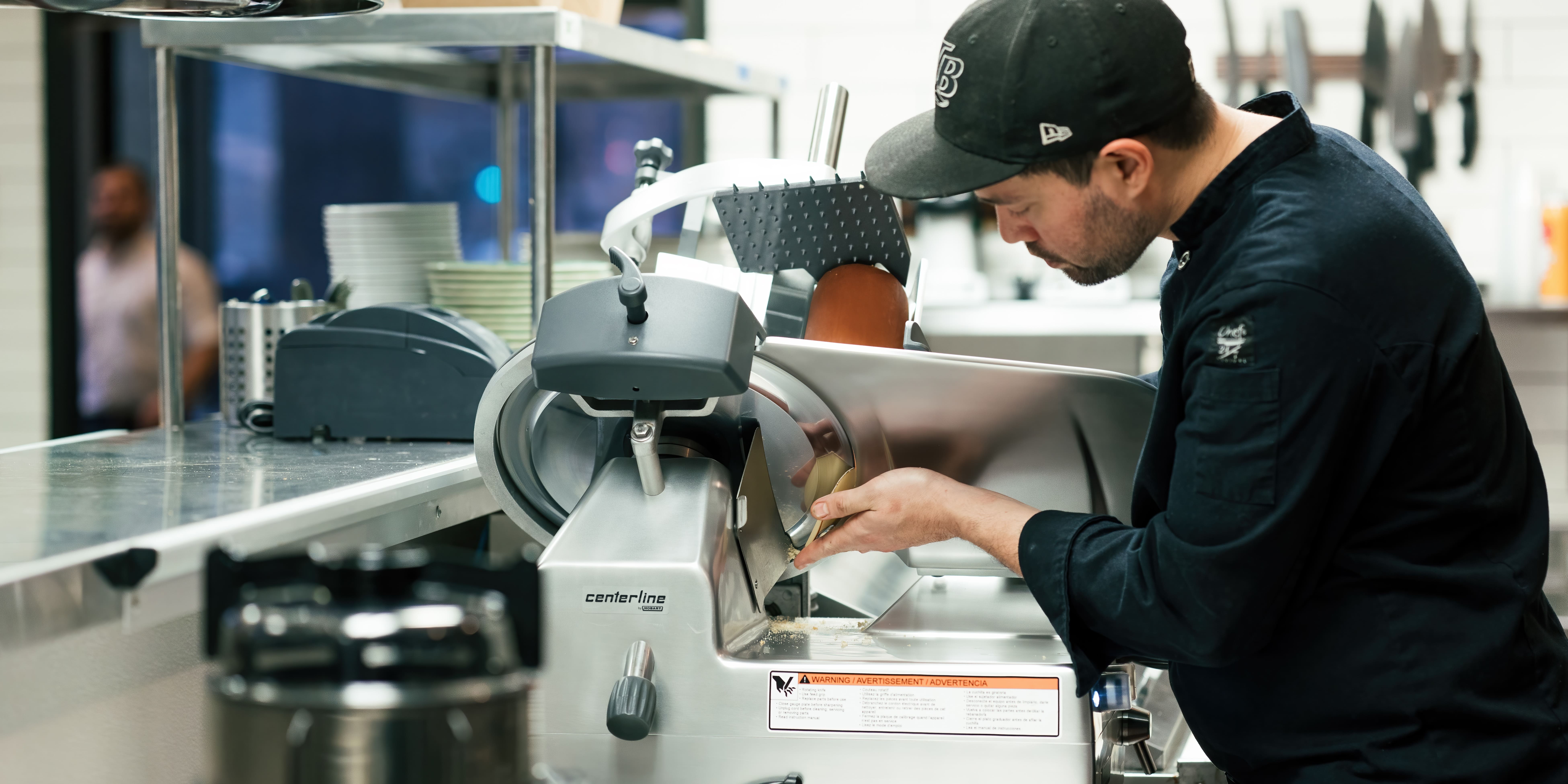
-min.jpg)
